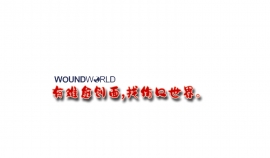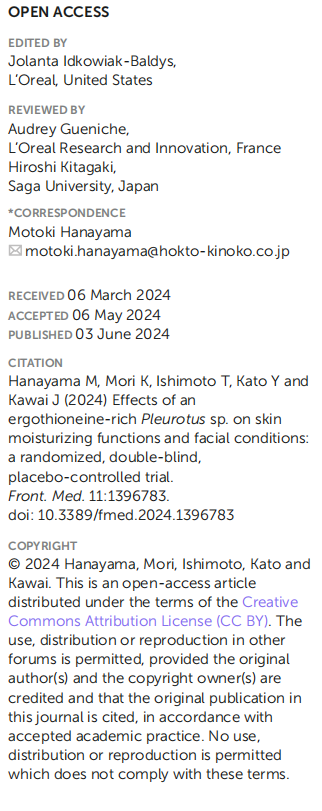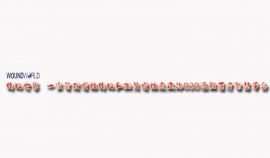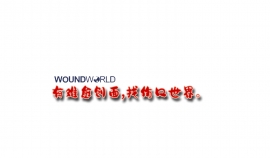文献精选
Jae-Seung Yun1 , Kyuho Kim1 , Yu-Bae Ahn1 , Kyungdo Han2 , Seung-Hyun Ko1
1 Department of Internal Medicine, St. Vincent’s Hospital, College of Medicine, The Catholic University of Korea, Seoul,
2 Department of Statistics and Actuarial Science, Soongsil University, Seoul, Korea
Due to increased life expectancy and lifestyle changes, the prevalence of diabetes among the elderly in Korea is continuously rising, as is the associated public health burden. Diabetes management in elderly patients is complicated by age-related physiological changes, sarcopenia characterized by loss of muscle mass and function, comorbidities, and varying levels of functional, cognitive, and mobility abilities that lead to frailty. Moreover, elderly patients with diabetes frequently face multiple chronic conditions that elevate their risk of cardiovascular diseases, cancer, and mortality; they are also prone to complications such as hyperglycemic hyperosmolar state, diabetic ketoacidosis, and severe hypoglycemia. This review examines the characteristics of and management approaches for diabetes in the elderly, and advocates for a comprehensive yet personalized strategy.
Keywords: Aged; Diabetes mellitus, type 2; Frailty; Multimorbidity; Precision medicine; Sarcopenia
中国医师协会整形美容医师分会干细胞和再生医学学组
【摘要】 干细胞是一类具有分化潜能的细胞,随着近年来对干细胞研究的深人,干细胞在促进组织修复与再生的作用也得到越来越多的关注。本学组就干细胞在整形修复美容领域的基础研究及临床试验研究组织专家讨论,并将专家共识总结成文,为干细胞在整形修复美容领域的研究与未来临床转化提供参考与支持。
Virginia Marcia Amaral1 iD• Helena Hotz Arroyo Ramos2 • Fernanda Aquino Cavallieri3 • Mariana Muniz4 • Guilherme Muzy5 • Ada Trindade de Almeida6
1 IVA Medical Institute, Av. dos Bandeirantes 1518, Belo Horizonte CEP: 30.315-032, Brazil
2 Vito´ria, Brazil
3 Rio de Janeiro, Brazil
4 Sa˜o Paulo, Brazil
5 Sa˜o Paulo, Brazil
6 Hospital do Servidor Pu´blico Municipal de Sa˜o Paulo, Sa˜o Paulo, Brazil
Received: 13 January 2024 / Accepted: 9 April 2024 / Published online: 7 May 2024
Virginia Marcia Amaral 该Email地址已收到反垃圾邮件插件保护。要显示它您需要在浏览器中启用JavaScript。
© The Authors 2024, corrected publication 2024
Abstract Background The facial aging process entails alterations in the volume, shape, and texture of all skin layers over time. Calcium hydroxyapatite (CaHA) is a well-established safe skin filler with unique properties to resolve some skin alterations by stimulating neocollagenesis. The vectoral-lift (V-lift) technique targets the global repositioning of facial structures by addressing distinct anatomical injection planes. It includes deep facial augmentation with Radiesse PlusTM to retain ligament restructuring and superficial subcutaneous enhancement with diluted Radiesse DuoTM. Herein, we present cases that illustrate the use of this approach.
Methods This pilot study enrolled 36 participants (33 women and three men; ages 37–68 years) in a Brazilian clinical setting, and all patients underwent a single treatment. Photographs were taken at rest, in frontal and oblique views, before injection, and 90 days after treatment.
Results Treatment resulted in elevation of the upper and middle face, notable improvements in the infraorbital hollow, and adjustment of the mean facial volume.
Conclusions The V-lift technique is a three-dimensional pan-facial treatment that relies on ligament support and face vectoring to obtain a lifting effect and facial contour restoration. It encompasses deep facial augmentation involving the use of Radiesse PlusTM for restructuring and retaining ligaments and Radiesse DuoTM for superficial subcutaneous enhancement. This approach targets a global repositioning of the facial structures by addressing distinct anatomical injection planes. It achieves a repositioning of the overall facial anatomy without requiring a substantial volumetric expansion.
Level of Evidence IV This journal requires that authors assign a level of evidence to each article. For a full description of these Evidence-Based Medicine ratings, please refer to the Table of Contents or the online Instructions to Authors www.springer.com/00266.
Keywords Skin aging Collagen Plastic surgery Dermatology Aesthetics Calcium hydroxyapatite Biostimulation






